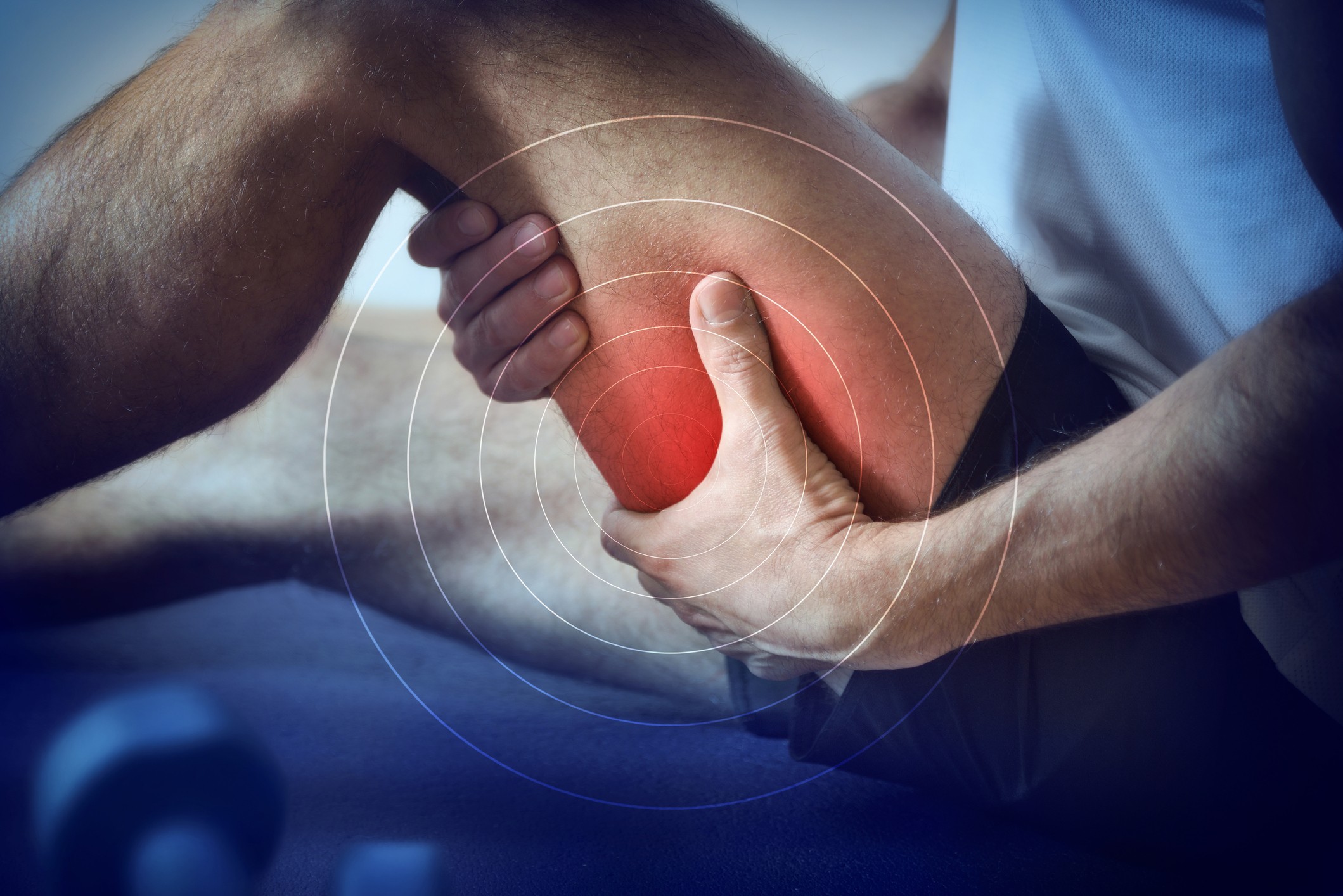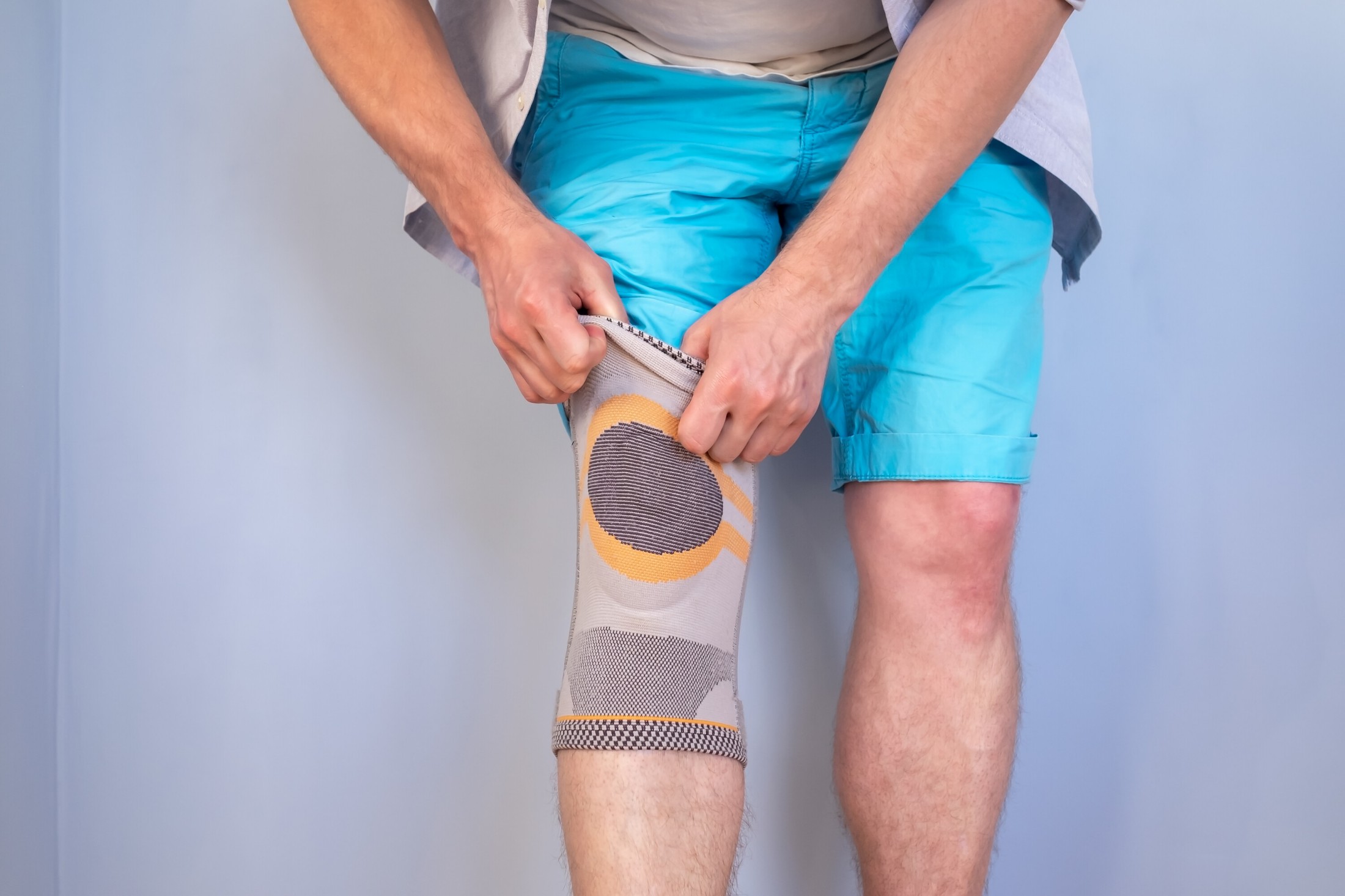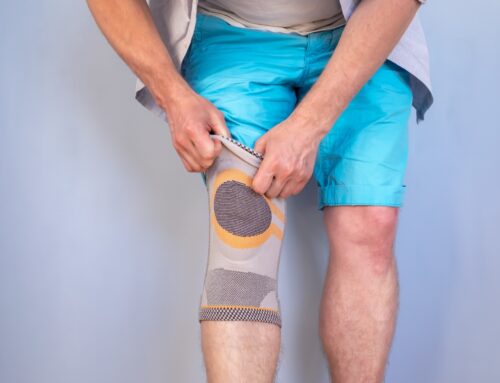Lymphatic and lipid disorders can cause discomfort, swelling, and reduced mobility due to inflammation. Compression therapy utilizes specially designed garments to apply pressure to affected areas, promoting blood flow and reducing swelling.
How Compression Therapy Works
Compression therapy is a non-invasive treatment that involves applying pressure to specific areas of the body to improve circulation, reduce swelling, and alleviate pain.
Graduated pressure from garments and pumps enhances blood circulation and lymphatic fluid flow. Compression therapy can be highly effective in managing lymphatic and lipid disorders, providing relief from discomfort and promoting overall health.
Types of Compression Therapy
Compression therapy is a widely used approach to manage lymphatic and lipid disorders. It involves the application of external pressure to the affected area using various techniques. The most common types of compression therapy include
- Gradient Compression
Involves the use of garments that provide a higher amount of pressure at the bottom of the limb and gradually decrease in pressure as they move up towards the top of the limb. Gradient compression is commonly used in the treatment of edema, varicose veins, and lymphatic disorders
- Intermittent Pneumatic Compression
Involves the use of an inflatable garment that applies pressure to the affected area in a rhythmic manner. The garment inflates and deflates at specific intervals, promoting blood flow and reducing swelling. Intermittent pneumatic compression is often used in the treatment of deep vein thrombosis, lymphedema, and venous insufficiency. - Multilayer Bandaging
Involves wrapping the affected limb with multiple layers of bandages to provide graduated compression. The bandages are applied in a specific order and tension, which helps to reduce swelling and promote blood flow. Multilayer bandaging is commonly used in the treatment of venous ulcers, lymphedema, and other conditions that cause swelling in the limbs. - Compression Garments and Wraps
Involve the use of specialized garments or wraps that apply pressure to the affected area. Compression garments and wraps come in a variety of styles and compression levels, ranging from light compression for daily use to high compression for severe cases. They are commonly used in the treatment of lymphedema, varicose veins, and other conditions that cause swelling and fluid buildup in the limbs.
Overall, each type of compression therapy has its own unique benefits and uses. The type of compression therapy used depends on the severity and location of the disorder. A healthcare professional can help determine the most suitable compression therapy for an individual.
Benefits of Compression Therapy for Lymphatic and Lipid Disorders
Compression therapy can offer a range of benefits for those who suffer from lymphatic and lipid disorders. Some of the key benefits include:
- Improved circulation: Compression therapy can help improve blood flow and lymphatic flow, which can reduce the risk of pooling and promote healthier circulation. This can have a range of benefits, including reducing the risk of blood clots and other circulation-related complications.
- Reduction of swelling and fluid buildup: Lymphatic and lipid disorders can cause swelling and fluid buildup in affected areas. Compression therapy can help to reduce this swelling and fluid buildup, which can alleviate discomfort and improve overall health outcomes.
- Relief of pain and discomfort: Swelling and fluid buildup can often cause pain and discomfort for those who suffer from lymphatic and lipid disorders. Compression therapy can help to alleviate this pain and discomfort, making it easier for patients to go about their daily activities.
- Prevention of complications: Lymphatic and lipid disorders can increase the risk of a range of complications, including infections, skin changes, and even mobility issues. By reducing swelling and fluid buildup, compression therapy can help to prevent these complications and improve overall health outcomes.
Compression therapy is a highly effective treatment for managing lymphatic and lipid disorders. This therapy can significantly improve circulation, reduce swelling and fluid buildup, alleviate pain and discomfort, and prevent complications. Ultimately, compression therapy can improve the quality of life for those who suffer from these conditions.
How to Choose the Right Compression Therapy
When it comes to choosing the right compression therapy for lymphatic and lipid disorders, there are several factors to consider. Some of the key factors include:
- Severity of the condition: The level of compression required will depend on the severity of the lymphatic or lipid disorder. Those with more severe conditions may require higher levels of compression than those with milder cases.
- Affected area: The location of the lymphatic or lipid disorder will also play a role in determining the appropriate compression therapy. Some areas may require specialized garments or devices to provide the necessary level of pressure.
- Comfort and fit: Compression therapy should be comfortable and properly fitted in order to be effective. Patients should look for garments or devices that fit snugly but are not overly tight or uncomfortable.
Choosing the right compression therapy for lymphatic and lipid disorders requires careful consideration of various factors. By working closely with a healthcare provider and taking into account factors such as severity, affected area, and comfort, patients can find the most effective and appropriate treatment options.
Questions about Compression Therapy for Lymphatic and Lipid Disorders
If you’re considering compression therapy for lymphatic and lipid disorders, you may have some questions. Below are some common ones to consider:
How long should I wear compression therapy?
The duration of compression therapy will depend on the severity of your condition and the type of therapy you are using. Your healthcare provider can recommend the appropriate duration for your individual needs.
Are there any side effects of compression therapy?
Compression therapy is generally safe and well-tolerated, but some people may experience discomfort, skin irritation, or swelling. If you experience any adverse effects, contact your healthcare provider.
Can compression therapy be used in conjunction with other treatments?
Yes, you can combine compression therapy with other treatments, including exercise, manual lymphatic drainage, and medications.
Are there any lifestyle changes that can enhance the effectiveness of compression therapy?
Maintaining a healthy diet, engaging in regular exercise, and avoiding activities that can exacerbate swelling can enhance the effectiveness of compression therapy. Consult with your healthcare provider for personalized recommendations.
Managing Lymphatic and Lipid Disorders with Compression Therapy
Compression therapy can be a valuable tool in managing lymphatic and lipid disorders. By providing graduated pressure to the affected area, it can help to improve circulation, reduce swelling, and alleviate pain and discomfort. Benefits of compression therapy may include improved quality of life, decreased risk of complications, and enhanced overall wellness.
If you are experiencing symptoms related to a lymphatic or lipid disorder, we encourage you to seek treatment from a healthcare provider. They can help to determine the underlying cause of your symptoms and provide guidance on the most effective treatment options, which may include compression therapy.
Remember, the key to successful management of lymphatic and lipid disorders is early diagnosis and treatment. With the right care and support, it is possible to manage these conditions and live a full and active life.
Take the first step towards managing your lymphatic or lipid disorder with compression therapy by booking an appointment for a custom fitting at Care-Med. Our experienced team is here to help you find the right compression garments and support you in your journey towards better health. Contact us to schedule your appointment.
Share This Story, Choose Your Platform!
We specialize in orthotics, body braces, and compression wear tailored to your unique needs in Toronto. Reach out to us at info@caremed.care or call 416-782-5353 to book your fitting and consultation.
Experience the difference of customized solutions designed just for you.











